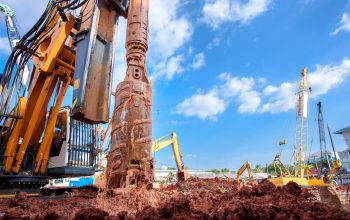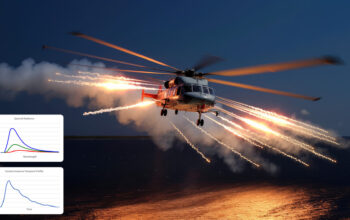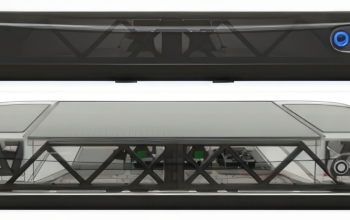Active Movement Extent Discrimination Apparatus:
Technology Refresh
We ran a technology refresh to the Active Movement Extent Discrimination Apparatus, which is used by NASA to support research into astronaut rehabilitation strategies to counter long term effects of micro-gravity exposure.
Challenge
The sensorimotor function of Astronauts' can be impacted by microgravity in space, leading to changes in their vestibular system, motor coordination, postural control, and perception of limb position. These changes can persist for months after they return to Earth.
To accurately measure changes in the sensorimotor function, the University of Canberra designed the original Active Movement Extent Discrimination Apparatus (AMEDA) system. For decades this was used by institutions to support research in the areas of rehabilitation strategies, athlete talent identification and return to play.
Our challenge was to undertake a technology refresh to address the shortcomings of the original AMEDA and make it available to NASA’s Human Research Program (HRP) to research new ways to combat the extended effects of microgravity on the human body.
Approach
Among the issues that needed to be addressed was engineering and design documentation which hindered the opportunity to implement the system in a broader commercial context.
The project was undertaken in accordance with Aurizn's Engineering Management System. We performed all the design, prototyping and integration in our in-house workshop facility, including:
- Mechanical design and outsourced fabrication of base unit hardware
- Electronics design including:
- Printed Circuit Board (PCB) of main controller and peripheral board for interfacing with rotary encoders and inertial measurement unit
- Custom wire harness connecting main PCB to an interface panel
- Software development including:
- User app for operators to run on an Android tablet
- Bluetooth link between the AMEDA base unit and the user app
- User app synced to database in Amazon Web Services (GraphQL)
- Validated documentation on the methodology to accurately measure changes in the sensorimotor function.
Outcome
Aurizn improved the robustness and reduced the size and weight of the original design.
Two new AMEDA systems were developed and delivered to NASA’s Johnson Space Centre (JSC) to support bed-rest studies at NASA and European Space Agency (ESA) facilities.
The systems are being used to test possible variants of spacesuits to be worn on the moon in the Earth, Moon Zero G Project as well as for pre/post assessment of function for astronauts staying on the International Space Station (ISS).
Case Studies
We have a strong reputation for taking on complex challenges. Find out more about the ground breaking work and projects we’ve undertaken.
- All
- Defence
- General
- News
- Press Releases
- Enterprise











